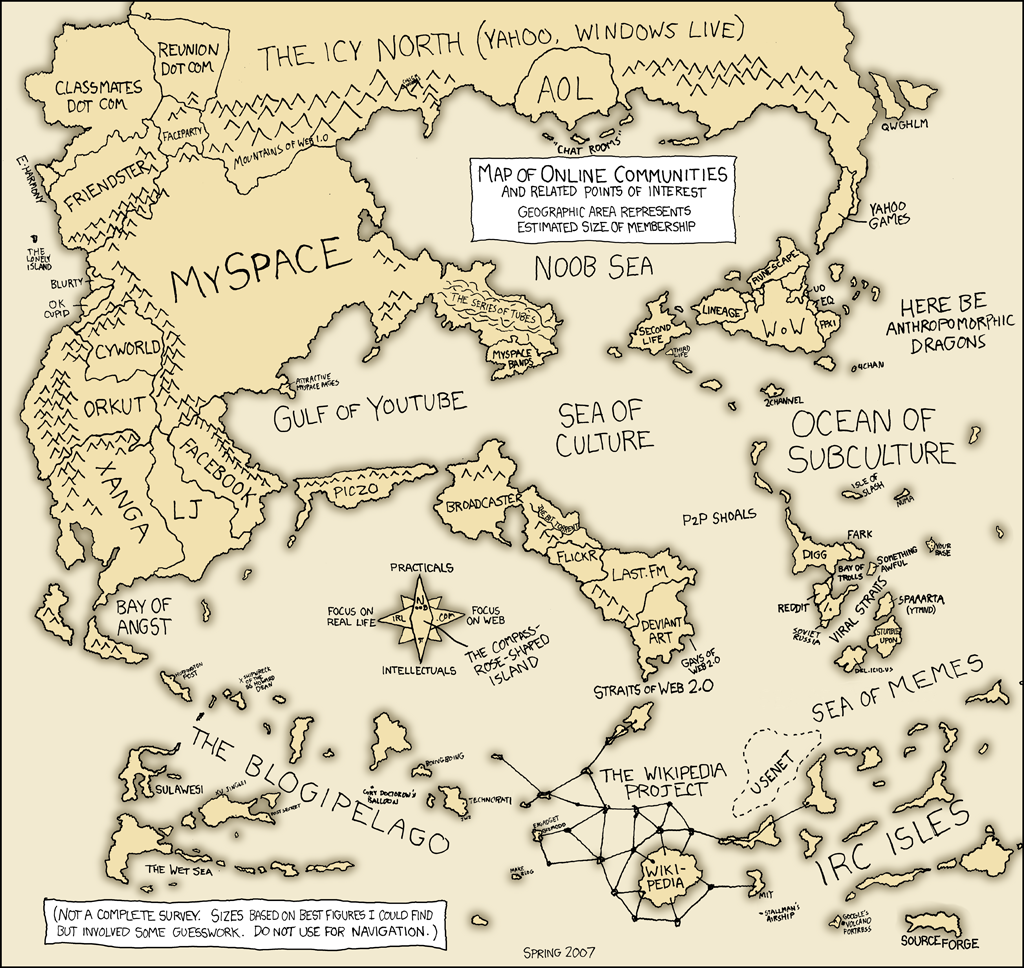Today is a talk from
Gregory D. Abowd from the School of Interactive Computing and GVU Center, Georgia Tech called "Using Computing Technologies to Face the Challenges of Autism". This is an application of ubiquitous computing to a real-life health problems. I think this is what ubiquitous computing really should be, how computing can be applied to problems in real life. Gregory will be at the
Pervasive conference doing a tutorial, which I'm in the
doctoral colloquium and a student volunteer in.
Here is the abstract for the talk:
In the Fall of 1999, my wife and I learned that our son, Aidan, age 2, had
been diagnosed with autism. In the summer of 2003, our second son, Blaise,
was also diagnosed with autism, at the age of 3. A recent CDC study
estimates the incidence of autism in several regions of the U.S. at 1 in
1150, so my wife and I are not alone in having to come to grips with the
everyday struggles of this perplexing neurological developmental
disability. Since I prescribe to the research philosophy of "scratching your own itch," it is no surprise that I have looked for ways to have my research in
ubiquitous computing address the challenges of those impacted by autism. My
goal is not to use technology to "cure" autism, but to have it play a vital
role in increasing our understanding of that unique human condition and to
have it ease the everyday struggles for those who deal with it. In this
talk, I will give an overview of my group's research trajectory, reflecting
the efforts of a growing community of researchers who are using this
real-world health challenge to drive a human-centered research agenda. I
will summarize four years of research and give a glimpse of what I think
are the important challenges for the next four years, and why I think
technologists are an important part of the solution.
Gregory is talking about Family Video Archive which he created for annotating metadata on video which he converted from his father's tapes. His research is now delving into medical disorders like autism to apply his research based on his sons who have autism. Autism is a developmental disability impacting language, socialization and behaviour. I knew a student who I was a tutor when I was working in Kumon who had autism and how her mother was so persistent in trying to get all the help she could get for her son. The research projects that he is doing to help with autism deals with automated capture of a live experience.
The three projects that deal with automated capture are Abaris, which deals with data capture of developmental therapy. Lots of data get generated from these therapy sessions. The idea is to instrument the therapy sessions with automated data capture tools, by detecting when the trial begins using phonetic-based speech, and recording handwriting using Anoto to locate grading at end of trial. An application was created to detect differences between different sessions from different therapists, which therapists may not have remembered. This helps caregivers use real data to assess progress.
The second project is called CareLog which captures rich behavioural data in the
unstructured environment. This behavioural data could be the good and bad behaviours, so therapists can detect behavioural changes in children. This is called retroactive capturing and is using selective archiving. This technology can be used at home or in a school setting, and is part of Gillian Hayes' PhD thesis who gave a talk at U of T about 1-2 months ago.
The third project deals with early detection of autism and can be applied to other medical disorders. How does HCI come into this problem? Gregory says we need to have better screening and diagnosis practices in parent reporting and child observation. One research area deals with automated video analysis to find automatic scene extraction and automatic scene annotation to compare to see what is different between two sessions. Gregory just mentioned that not just Google is a good research tool, so is YouTube which he showed a video of a child and then showed short extractions of clips that demonstrate certain behaviours.
So how does capturing play into the science of autism? According to Gregory, capturing is a form of imaging and that capturing is considered behavior imaging and can transform the science of autism, just like imaging has impacted medical science.




